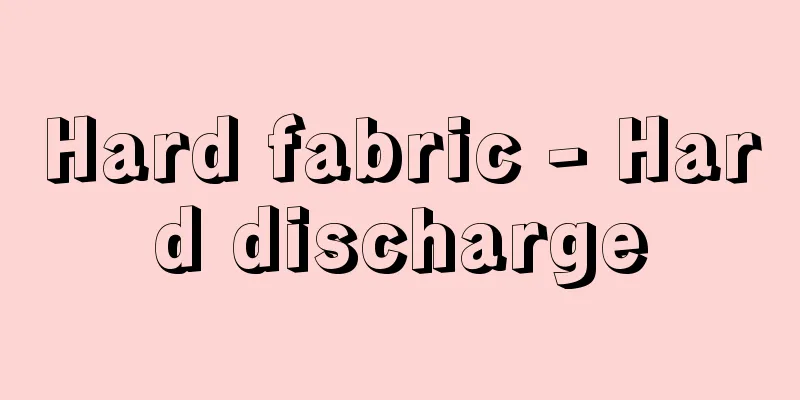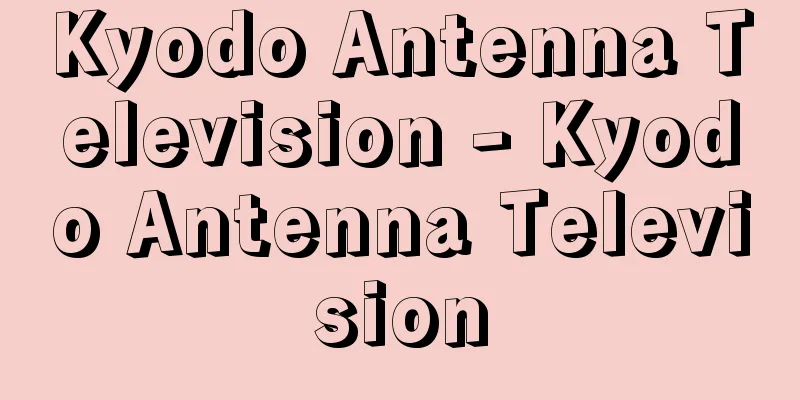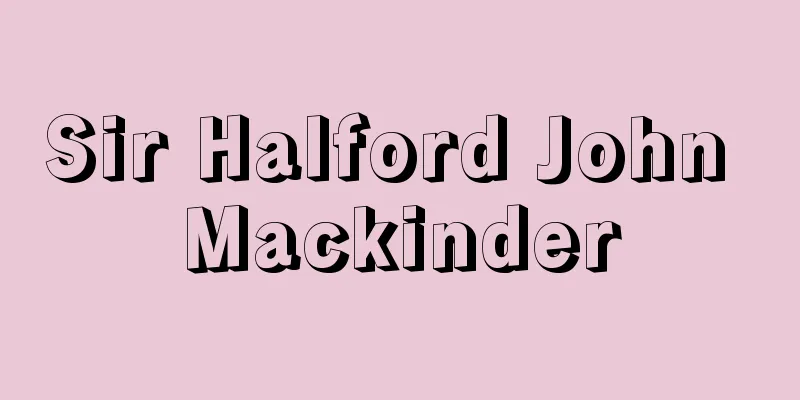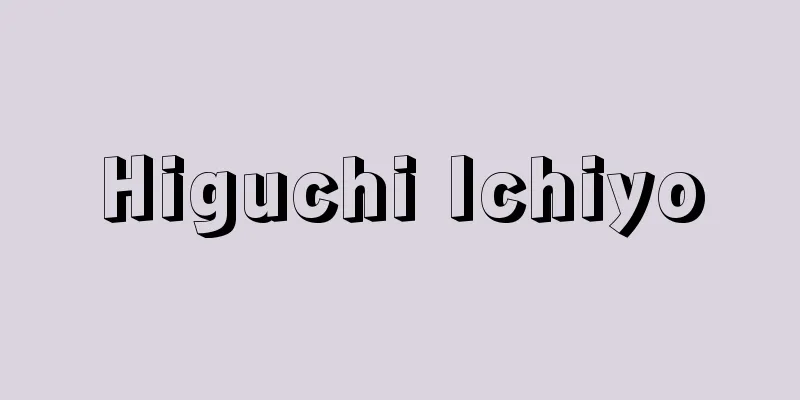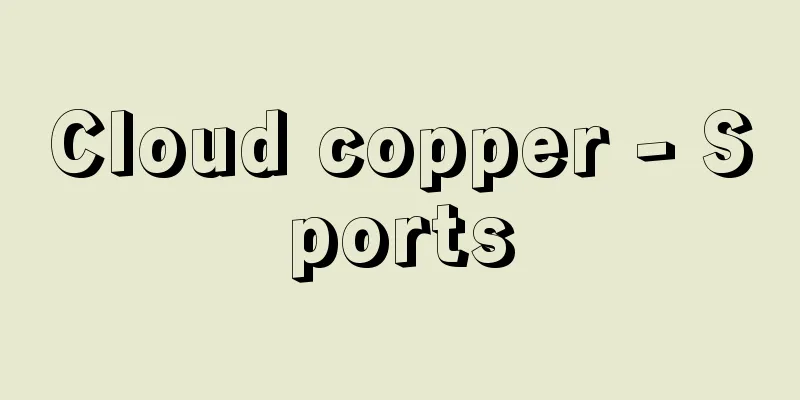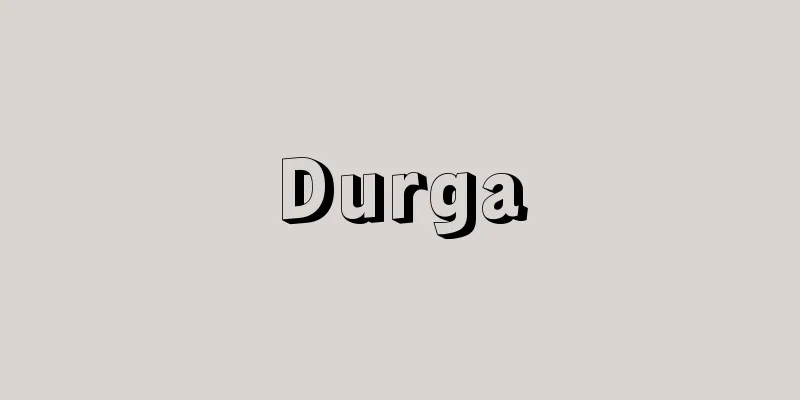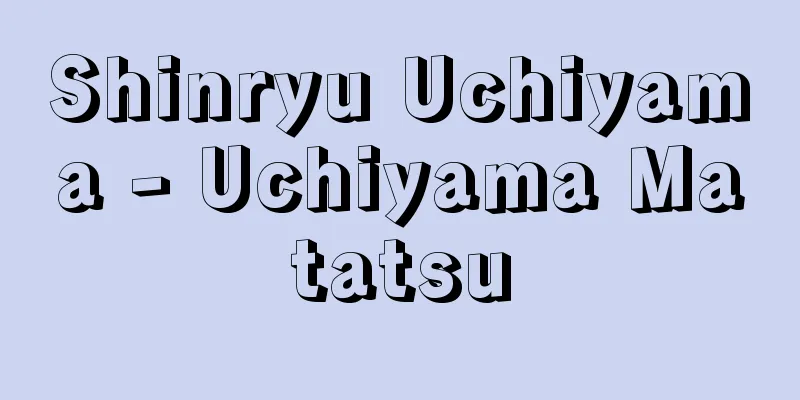Acupuncture points

|
In acupuncture and moxibustion treatment, the point where acupuncture and moxibustion are performed is also called a "tsubo". According to the theory of human body structure and function in Oriental medicine (Chinese medicine), there are 12 circulatory systems throughout the body, along which energy (qi and blood) circulates in order for the five internal organs (actually six internal organs and six bowels) corresponding to the chest and abdominal organs to function normally. These circulatory systems are called meridians, and acupuncture points are scattered on these meridians. Acupuncture points are places where the excess or deficiency of energy circulating through each meridian is examined, and at the same time, they are also treatment points that correct the excess or deficiency and restore normal human body functions. To find acupuncture points in actual treatment, the skin is lightly rubbed and stroked with the fingertips around the standard positions determined based on classical medical texts to check the nutritional condition of the skin (whether it is rough, whether there is a rash, etc.), and then the area is lightly pinched. Acupuncture points, especially when pinched lightly, cause a tingling pain. If you apply even light pressure with your fingertips, the pain is accompanied by the sensation of a hard stiffness or lump-like mass under the skin. In other words, acupuncture points are identified by palpation and pressure. It was discovered that acupuncture points allow electricity to flow easily, and various electrical probes (neurometers, electrodermal meters, and similar devices) were invented, which led to the widespread use of methods for finding acupuncture points. However, it cannot be said that all acupuncture points that are expected to have a therapeutic effect allow electricity to flow easily. There are said to be 365 acupuncture points on the body, but the number is even greater if those not on meridians are included. [Katsusuke Serizawa] [Reference] | |"・" indicates an acupuncture point ©Shogakukan "> Acupuncture and moxibustion meridians and acupoints diagram Source: Shogakukan Encyclopedia Nipponica About Encyclopedia Nipponica Information | Legend |
|
鍼灸(しんきゅう)治療で、鍼(はり)や灸を行う部位で、「つぼ」ともいう。東洋医学(中国医学)の人体構造論、機能論によると、胸腹内臓にあたる五臓六腑(ろっぷ)(実際には六臓六腑とされる)が正常な機能を営むために、全身にわたって12の循環系統があり、これに沿ってエネルギー(気血)が巡るとされる。この循環系統を経絡(けいらく)とよび、この経絡上に点在するのが経穴である。経穴は、それぞれが所属する経絡を循環するエネルギーの過不足を診るところであると同時に、その過不足を整えて、人体機能を正常に復する治療点でもある。実際の治療で経穴を探すには、古典医書に基づき、定められた標準位置を中心に指先で軽く皮膚上をさすり、なでてみて、皮膚の栄養状態(ざらざらしているか、皮疹(ひしん)〈発疹〉などがないかなど)を調べ、ついで軽くその部位をつまんでみる。経穴部は、とくに軽くつまんだだけで走るような刺痛がある。さらに軽く指先で圧すると、痛みに伴って、皮膚の下に固い凝りや、しこり様のものとして感じられる。つまり、経穴は触診や圧診によって確認されるのである。経穴は電気が流れやすいということがつきとめられ、いろいろな電気探索器(ノイロメーター、皮電計など異種同類の機器)が創案され、これによって経穴をみいだす方法が広く行われるようになったが、治療上の効果が期待できる経穴のすべてが、電気が流れやすいとはいいがたい。経穴は全身で365あるとされるが、経絡にないものを含めると、その数はさらに多くなる。 [芹澤勝助] [参照項目] | |「・」は経穴を示す©Shogakukan"> 鍼灸の経絡および経穴図 出典 小学館 日本大百科全書(ニッポニカ)日本大百科全書(ニッポニカ)について 情報 | 凡例 |
>>: Jiē Xi si (English spelling)
Recommend
Tsuen
The title of a Kyogen piece. Dance-Kyogen. A trav...
Seawater aquaculture - Kaisuyoshoku
…He had already succeeded in experiments in reari...
Naematoloma fasciculare (English spelling)
…[Rokuya Imaseki]. . … *Some of the terminology t...
Bonded system
A system under the Customs Act that reserves the ...
Grigor Narekatsi
951‐1003 Armenian poet. Studied at Narek Monastery...
Pachomius
[Raw] 292? Esuna [Death] 346? Egyptian monk. Found...
Goshikigahara
A lava plateau in the southeastern part of Toyama ...
American badger
It is an animal of the Mustelidae family in the C...
Kinsekihan
Novelist. Born in Osaka. Graduated from Kyoto Uni...
Akizushima - Akizushima
...Yamato was named after the area around Mt. Miw...
Sports Information Science
[Concept/Definition] Sports informatics is a new ...
Energy gap
The energy of electrons in a crystal is limited by...
Pozarevac (English spelling)
…the treaty of peace between the Ottoman Empire a...
Epotiocerus flexuosus (English spelling) Epotiocerusflexuosus
...Adults often fly to lights. In Japan, 12 speci...
Eanna
… Examples of Sumerian art are known from the Uru...
